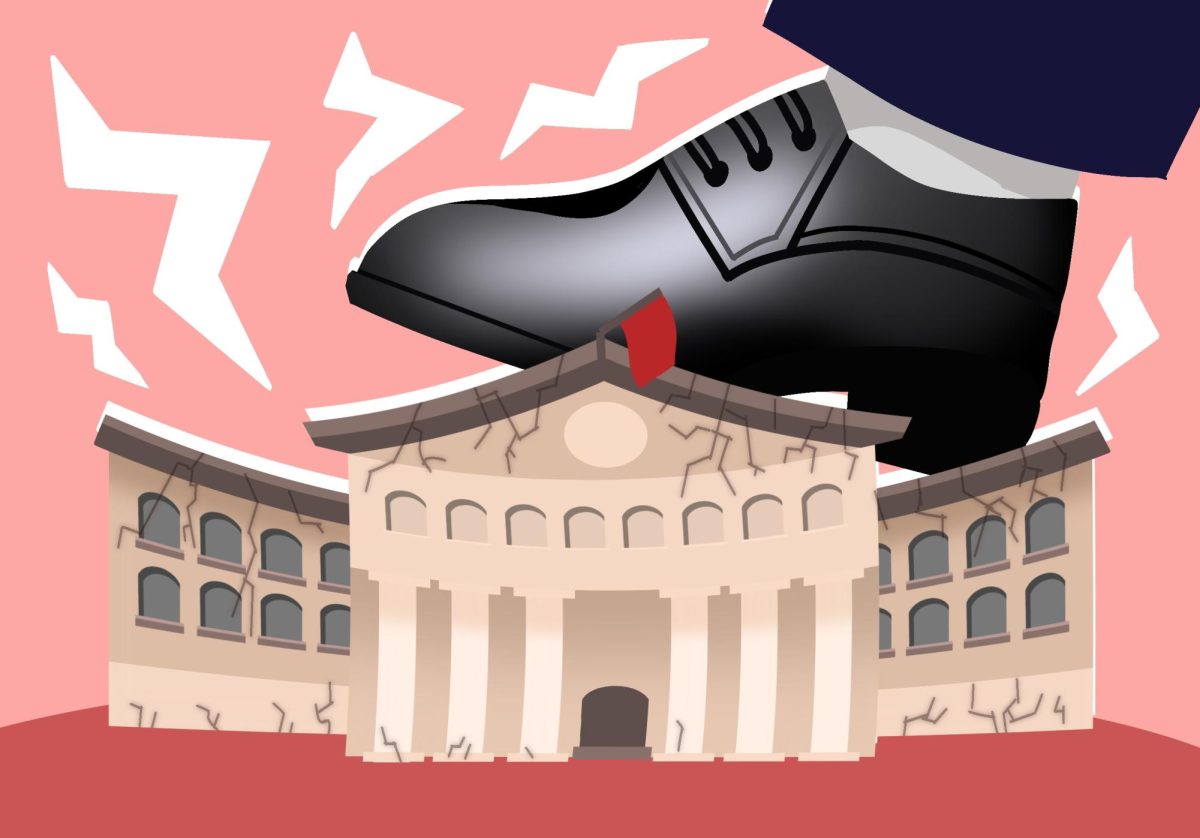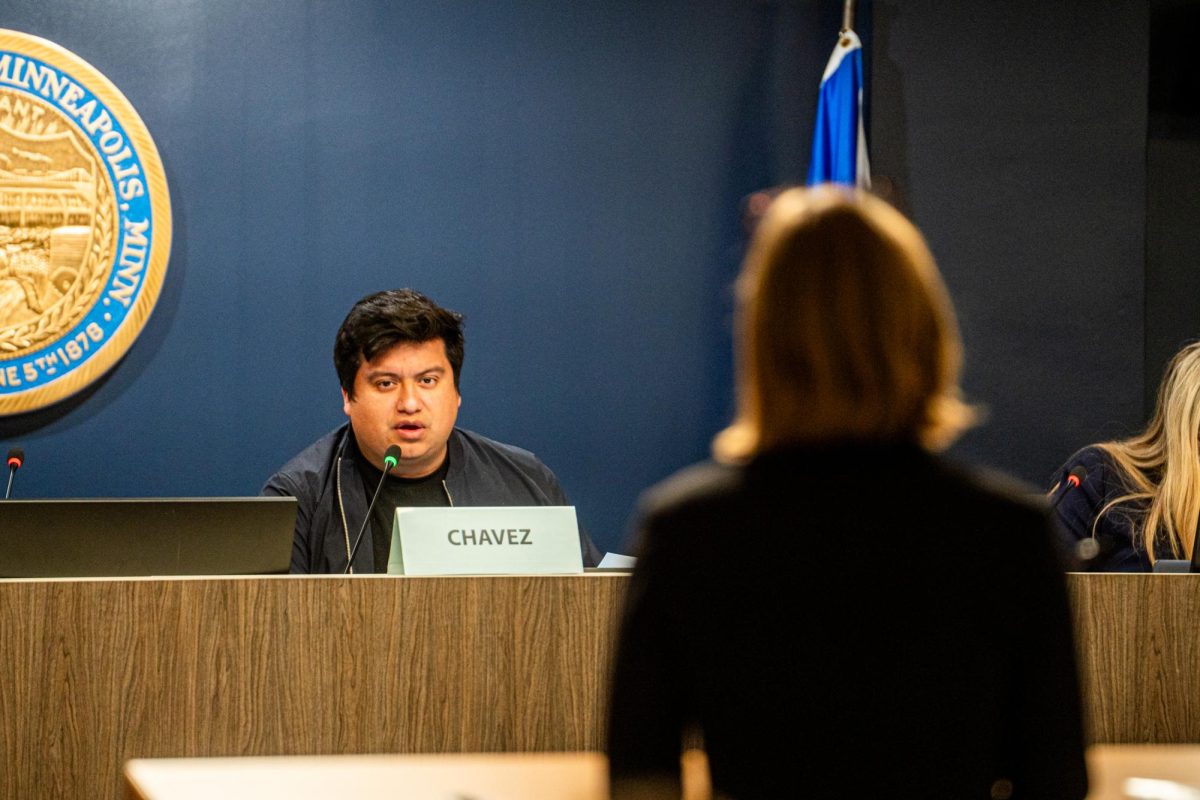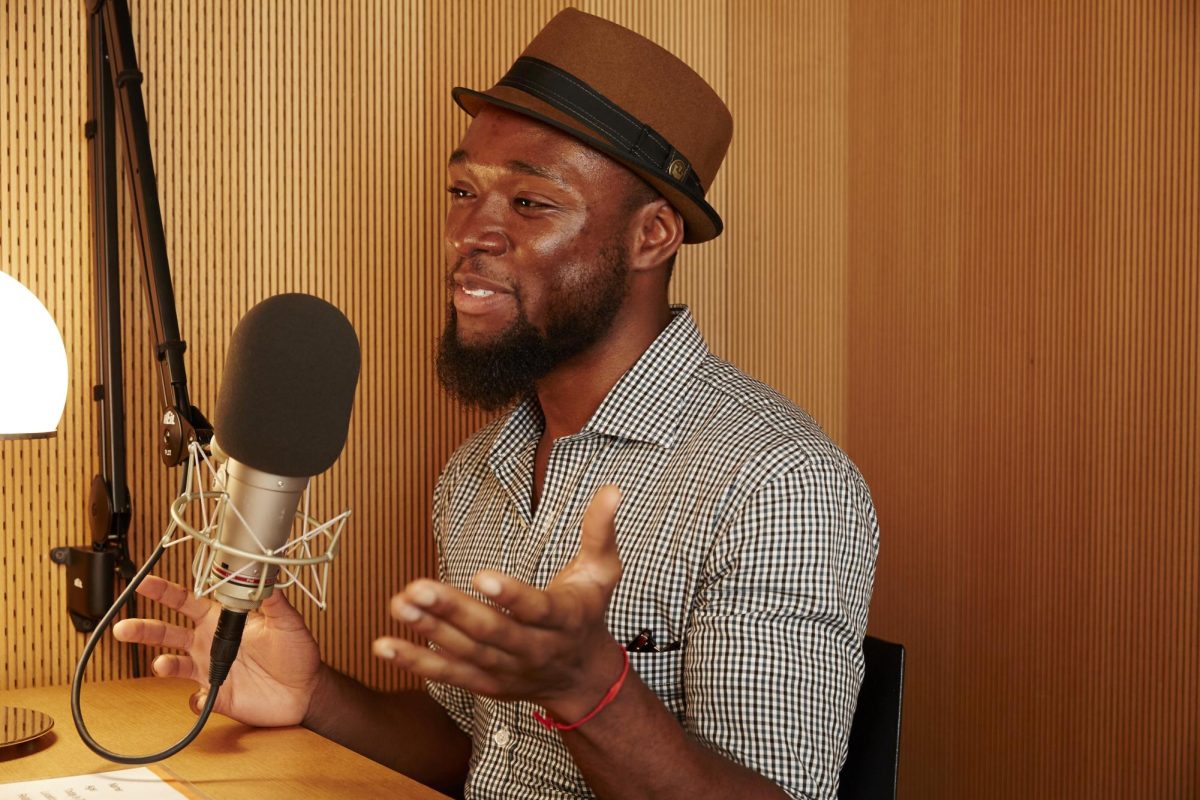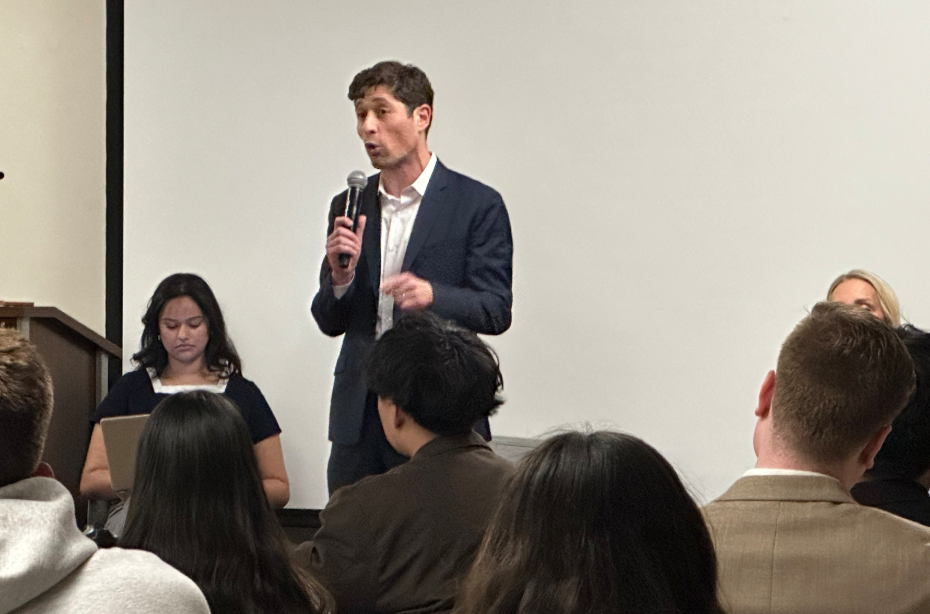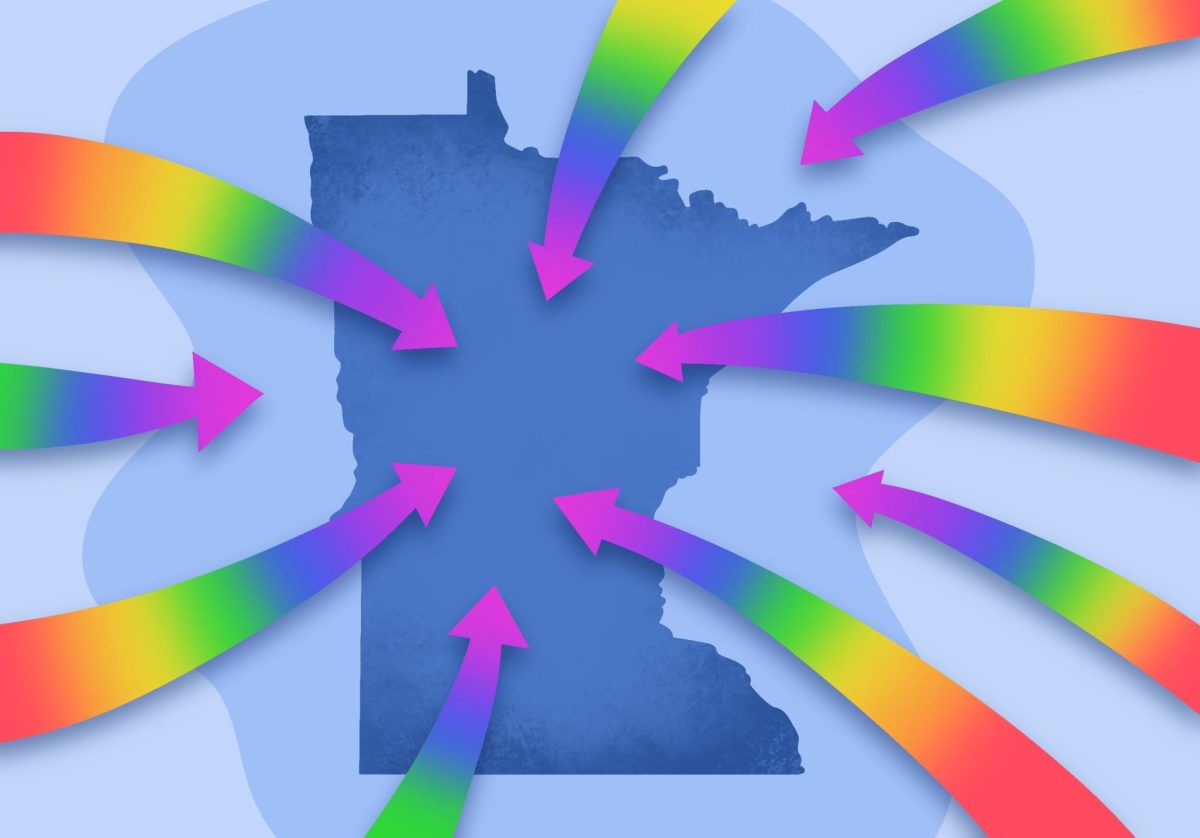President Donald Trump’s administration recently announced an executive order closing the federal Department of Education to “provide children and their families an opportunity to escape a system that is failing them.”
The order directs Education Secretary Linda McMahon to take steps to close the education department in order to return education decisions to the states while maintaining services, programs and benefits for students. The department currently supports schools nationwide by allocating funds to K-12 schools and tuition assistance to universities.
Sen. Steve Cwodzinski (DFL-Eden Prairie) said in a statement that he is concerned with the “chaotic and cruel” decisions from the Trump administration, especially dismantling the Department of Education. He said the executive order sends a clear message to students that their education is not Trump’s priority.
“The firing of over 1,300 public servants at the department does nothing to create ‘more efficiency,’ as the administration claims,” Cwodzinski said in the statement. “Instead, services will be halted, phone calls will go unanswered, and our most underfunded and vulnerable students will not receive the help they deserve.”
Minnesota’s Attorney General Keith Ellison, alongside 21 total attorneys, filed a lawsuit against the Trump administration seeking to halt the closing of the Department of Education. The suit said the order violates constitutional and federal law and overrides the U. S. Congress’ authority and urges courts to stop the order.
Teachers raise concerns for fair, accessible education
After hearing the news, University of Minnesota education professor Jehanne Beaton said her initial reaction was not only that it was not legal but also that it would be extremely harmful.
“My other thought was removing the Department of Education is not just this simple thing,” Beaton said. “The impacts it’ll have on kids and families and college students and school systems and universities are so massive.”
University education professor Justin Grinage, who teaches students wishing to become English teachers, said the executive order did not surprise him.
“The Trump administration has been signaling very loudly in public statements and in Project 2025 that this was going to be happening,” Grinage said. “I basically was asking myself, ‘What’s the end game here? What’s motivating these kinds of decisions and policies? Whose interests are being prioritized?’”
Beaton, who works with students through the DirecTrack program, said the closure of the Department of Education could mean students with disabilities and multilingual students could lose funding and anti-discrimination protections.
“We have laws about racial and gender discrimination that are supported and regulated by the Office of Civil Rights in the Department of Education,” Beaton said. “That particular part of the Department of Ed has completely been eliminated. So that protects kids when they are discriminated against by teachers, by a school system or by other kids.”
Grinage said the order will make free public education for K-12 students less accessible while vouchers to private and faith-based schools will expand greatly.
“The more we disinvest from public education, the more unhealthy our democracy will become,” Grinage said. “That’s going to trickle all the way down to where we’re going to see massive achievement gaps and opportunity gaps.”
While Trump officials have said that closing the education department is meant to bring education decisions back to the states, Beaton said states already decide on public school curriculums and policies.
“There’s no nationally required curriculum. Every state determines that,” Beaton said. “There are different levels of flexibility based on the standards and requirements set by the state. So it’s a false notion that by eliminating the Department of Ed, we will somehow change the curriculum that’s being taught.”
Since the announcement of the executive order, Beaton has begun asking her class if the Department of Education is overrated or underrated.
Beaton said she imagines if the executive order is successful, teachers and students will see the department carved down to its bare bones but not completely gone. She added that communities will be impacted disproportionately.
“You will see poor communities suffer worse,” Beaton said. “That’s really important to acknowledge. I think more affluent communities will be able to fortify their schools and poor communities will not. And that’s wrong.”
University student Jack Baribeau, who would like to teach history, said he thinks the department’s usefulness depends on where a teacher lives. States with stronger union protections, like Minnesota, will be better off compared to states with weaker ones, like Wisconsin.
Although the executive order has many teachers and aspiring teachers worried about their future careers and students, Baribeau said he has noticed a sense of camaraderie among his peers and host teachers since the executive order.
“I was at the history conference for educators this last week. There was a sense of, ‘We’re going to be in this together,’” Baribeau said in class. “In fact, there was a full conference that we had a big talk where they had a big panel, and everyone kind of was under the sense of we’re going to get through this together.”


